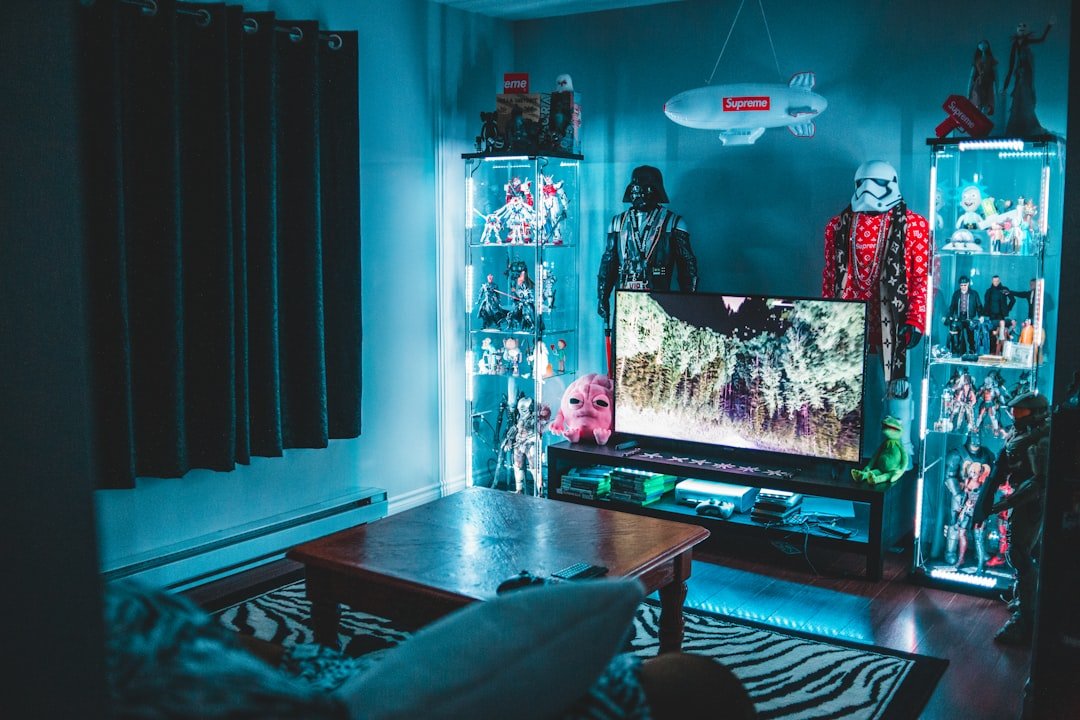
Sharing a living space with roommates involves far more than dividing costs for rent, utilities, and common areas. Unfortunately, this arrangement also heightens the chances of transmitting illnesses. According to U.S. Census Bureau statistics, approximately one-third of adults in the United States reside in multi-occupant homes, a trend that underscores the potential health risks in close quarters.
The Increased Proximity to Your Housemate Amid Restrictions
Depending on the specific restrictions imposed in your region during the pandemic, numerous businesses such as restaurants, retail outlets, bars, fitness centers, and cinemas have either shut down or implemented stringent entry protocols. This shift has led to people spending far more time indoors, inevitably resulting in greater interaction with roommates. If you’re now working remotely on a full-time basis, what was once a comfortable cohabitation might start feeling overwhelming. Establishing clear boundaries becomes essential to preserve a healthy dynamic and prevent conflicts from escalating.
While constant proximity can lead to frustration, it’s crucial to recognize the real health dangers involved—if your roommate contracts the virus and brings it home, you could be at risk as well. Public health experts emphasize that shared environments amplify the spread of infectious diseases like COVID-19, making vigilance a top priority.
Is It Time to Consider a Different Living Arrangement?
No matter how much you both agree on safety protocols, not everyone will follow them with the same dedication. Keep an eye out for housemates who neglect basic precautions, such as wearing masks, frequent handwashing, limiting outings, or turning away visitors. Studies from the World Health Organization highlight that inconsistent adherence to such measures significantly increases transmission rates in shared spaces.
If your roommate disregards a mutually agreed-upon routine for sanitizing and maintaining the home, it might signal an incompatible partnership for navigating these challenges. Additionally, if you’re teleworking while they hold an essential job that exposes them to high-risk settings, the potential for introducing the virus into your shared environment rises considerably, potentially jeopardizing your well-being.
Assessing the Reliability of Your Current Housemate
Ideally, you’re cohabiting with individuals who treat the pandemic with the gravity it deserves. Should they maintain rigorous hygiene practices and social distancing, you’re likely in a stable situation, but it’s wise to go further by discussing contingency plans for if illness strikes within your household. The Centers for Disease Control and Prevention offers comprehensive guidance on this, and resources like NPR summaries can help facilitate these critical conversations, ensuring everyone is prepared for possible scenarios.
Background information from health authorities indicates that early planning can reduce stress and improve outcomes, so use these tools to foster open dialogue and build a shared strategy.
Exploring Options for a Fresh Housemate
There may come a moment when seeking a new roommate feels necessary, driven by various factors such as a desire for change, plans to relocate, the need for greater reliability, a wish to live with someone more aligned with your lifestyle, financial motivations if you’re currently solo, or the requirement for a partner who respects your need for dedicated work areas.
Navigating the Search Process
Traditionally, finding a roommate might have involved reaching out through your social network, but the limitations of social gatherings during a global health crisis have made that approach less feasible. With reduced opportunities for in-person interactions, alternative methods are essential.
Posting ads online can attract a flood of applicants, and arranging face-to-face meetings to evaluate compatibility or tour the space adds layers of risk, especially in a pandemic where personal encounters heighten exposure dangers. However, specialized platforms have emerged to streamline and secure the process. For instance, services like RoomMatch.com offer innovative tools to connect potential housemates safely and efficiently.
Establishing Compatibility Early
RoomMatch.com includes a thorough questionnaire that probes into key areas, such as attitudes toward firearms, alcohol consumption, vaping, and cannabis use, along with questions on daily routines, household rules, and personal behaviors. This allows you to gauge a prospective roommate’s habits before any commitments are made, drawing from insights that could have prevented mismatches in the past.
Streamlining the Selection
In a sea of responses, sifting through irrelevant ones can be overwhelming, particularly when time is limited. RoomMatch.com simplifies this by matching you with candidates who not only fit your criteria but also align with your financial expectations for shared expenses, saving you hours of manual filtering and increasing the chances of a successful pairing based on real-world data from user testimonials.
Prioritizing Personal Security
Safety features on RoomMatch include a built-in messaging system that enables communication with potential roommates or property owners without immediately disclosing your personal contact information, thereby reducing risks associated with online interactions and protecting your privacy until you’re comfortable proceeding.
Building a Solid Foundation with Your New Housemate
If past experiences with COVID-19 protocols prompted you to seek a change, starting off on the right note with your new roommate is vital. Referencing reliable sources like the NPR compilation of CDC advice can guide discussions if someone in the house tests positive.
It’s equally important to address scenarios proactively when all parties are healthy, when one person might be at higher risk, or when an infection occurs. By covering these topics upfront, you create a framework of trust and accountability, helping to avoid surprises and ensuring that your living situation remains supportive and secure during uncertain times. In today’s world, where health and safety are intertwined with daily life, such preparations can be lifesaving.
